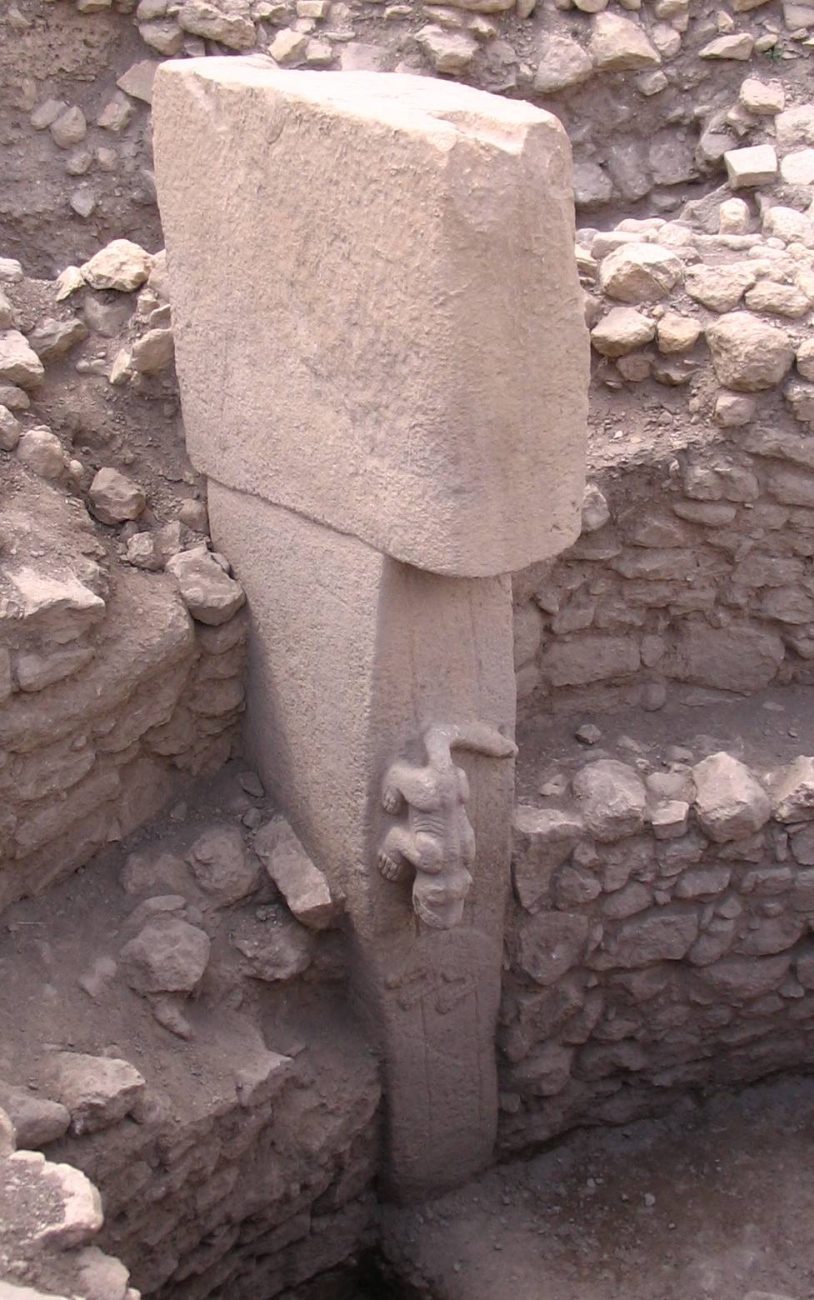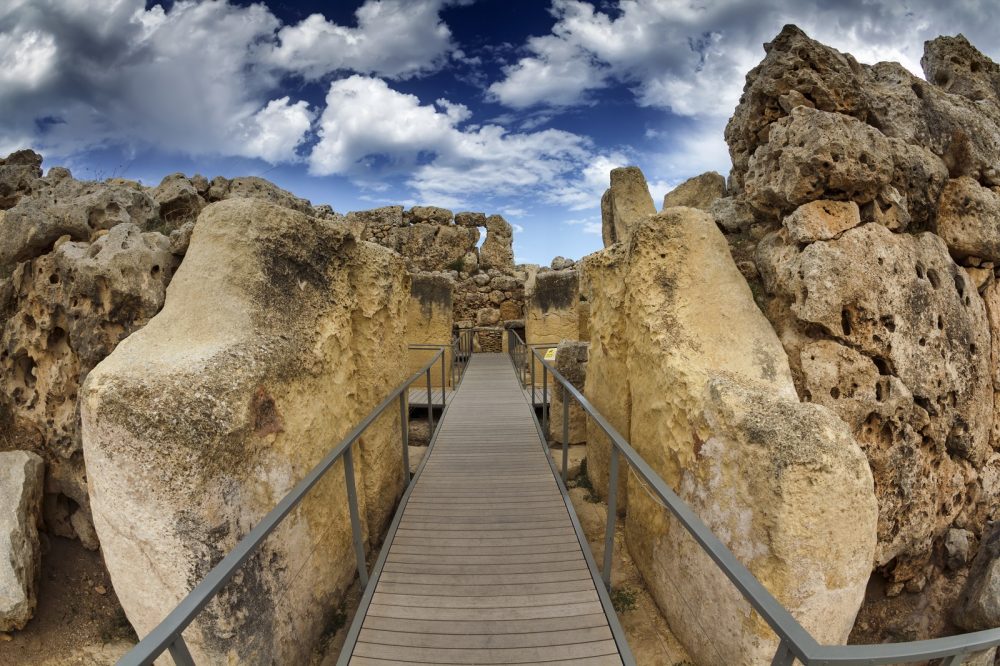Our ancient world is one made of mega stones and incredible ancient engineering.
There are countless megaliths scattered across the globe. The word megalith originates from two ancient Greek words: Megas, Great, and Litos, meaning Stone. It is used to refer to a structure that was made of supermassive stones without the use of mortar or concrete. Some of the earliest megaliths can be traced back to the early Neolithic age, although there are sites that date back to around 9,500 BC to the Mesolithic period.
Somehow, thousands of years ago, different civilizations around the globe saw the necessity to build monuments made of Stone. Perhaps because they knew that Stone was a material that would stand the test of time, and they wanted to erect something that would last through the ages. Eventually, they created megaliths. And some of these structures are just beyond puzzling. In this article, we will take you on a journey as we explore three of the most puzzling megaliths that have been discovered on Earth.
Megalithomania; A World of Mega Stones
Countless megalithic sites have been discovered around the world. Many exciting sites have been found across Turkey, for example, where we find massive megalithic complexes, some dating back more than 12,000 years. That’s about when the last Ice Age ended, and agriculture and animal husbandry were in their incipient phases. Two of the best examples are Nevali Cori and Gobekli Tepe. These two sites are home to what is now acknowledged as some of the most ancient megalithic structures known to man. In fact, they are so ancient that some authors have proposed that later European megaliths may have derived from them.
The stones at Gobekli Tepe are massive and intricately carved with several bas-reliefs etched onto them. But megalithic sites are not limited to Turkey. However, massive standing stones and dolmens have been found in numerous sites across the Middle East near the Turkish border with Syria, close to war-ravaged Aleppo. However, megalithic sites can be found everywhere, and archeologists have excavated sites in Lebanon, Syria, Iran, Israel, Jordan, and Saudi Arabia. The largest concentration can be found in southern Syria and the Jordan Rift Valley. The after-mentioned sites are thought to date back to the Early Bronze Age.
But generally speaking, Megaliths exist in Europe, Africa, Asia, East Asia, Southeast Asia, South Asia, and America. In other words, just as there are countless pyramids across the globe, countless megaliths were built as early as 12,000 years ago.
Costa Rica Spheres
Some of the most puzzling megaliths in the world are found in present-day Costa Rica. There, thousands of stone spheres adorn the beautiful Caribbean landscape. More than just an ancient mystery, the thousands of spheres have been studied by experts for decades, but no one seems to have explained or understood their purpose entirely.
More than 300 mysterious spheres have been discovered on the Diquís Delta and Isla del Caño. Locally, they are known as Las Bolas (literally The Balls). Believed to have been positioned strategically across Costa Rica, the spheres range from just a few centimeters to well over 2 meters. Some of the Costa Rica spheres weigh more than 20 tons.

Most of these spheres were sculpted from Gabbro, an equivalent to basalt. However, archeologists have identified spheres crafted from shell-rich limestone and another dozen made from sandstone.
Legends surrounding the spheres suggest the massive spheres are the remnants of the Atlantean civilization. At the same time, locals argue that in the distant past, the natives of the area possessed a kind of liquid that could soften Stone. Interestingly, it has been found that limestone can be dissolved by a specific acidic solution obtained from plants. But not many of the spheres were made from limestone.
Incredible precision
Studies have suggested that the spheres have incredible precision and are nearly perfect in roundness. However, as noted by experts, since the stone spheres are very old, they have eroded over time, making it almost impossible to understand their original form or shape.
Many of these spheres were cracked open and destroyed during the Spanish conquest. It was thought that the spheres safeguarded treasures, so many conquistadores eventually cracked them open, forever damaging a piece of history. Some of the spheres are believed to date back to around 2,000 B.C. The puzzling thing about them is that many similar spheres have been found thousands of kilometers on different continents.
Göbekli Tepe, the oldest Temple on Earth?
Without a reason of a doubt, one of the most impressive ancient temples ever discovered on Earth is located in the Southeastern Anatolia Region of Turkey, some 12 km (7 mi) northeast of the city of Şanlıurfa. Gobekli Tepe, or “Potbelly Hill,” is a site that dates back to around 12,000 years.
There, an ancient culture erected massive T-Shaped stone pillars in idiosyncratic circles. The stones discovered at the site are so large that experts say they are some of the oldest and largest megaliths. So far, more than 200 stone pillars have been excavated at Gobekli Tepe. These 200 pillars were placed inside 20 circles. The pillars of Gobekli Tepe have an average height of six meters and measure more than ten tons.

Fitted into sockets that were hew of the bedrock, the entire complex is a giant archeological enigma. The site’s exact function is a mystery. The site was first discovered in 1963 in a survey by the University of Istanbul and Chicago. However, the site didn’t receive much attention since the massive stone slabs were mistaken for grave markers, which led experts to believe a Byzantine cemetery overlaid the site.
It wasn’t until 1994 when Klaus Schmidt of the German Archaeological Institute decided to study and excavate the site, uncovering what would eventually become one of the strange archeological sites on the planet’s surface.

Although there remains much to excavate and study at Gobekli Tepe, researchers agree that the site is a stone-age mountain sanctuary. Radiocarbon dating and comparative, stylistical analysis indicate that it is the oldest known temple yet discovered anywhere.
Malta: Ġgantija (Ggantija) and Mnajdra
Ġgantija or giantess, the name of the site, speaks for itself. Ġgantija is a megalithic temple complex and one of Malta’s most ancient megalithic temples. The Ġgantija temples are so old that they predate even the Pyramids of Egypt. According to archeological excavations, some of the Ġgantija temples were built during the Early Neolithic, which dates back more than 5,500 years.

This means these temples are the world’s second-oldest existing megalithic temples, only after Gbekli Tepe in Turnkey. The temples were built at the Xagħra plateau, erected thousands of years ago, facing southeast. The megalithic monument encompasses two temples and a third one that was left unfinished. The builders created the third temple’s facade and then abandoned it for reasons unknown. It remains an enigma of how the ancients transported the stones from their quarries to the site or even how they lifted the massive stones.

It is beyond impressive to know that the temples were erected when the wheel was not yet introduced to them, and there were no metal tools available to the Malese Islanders. However, archeologists did recover small, spherical stones that may have been used as ball bearings for the vehicles that may have transported the supermassive stones to the temples.
Archeologists have discovered figurines and statues associated with a fertility cult within the temples. Mnajdra, some 500 meters from the Ħaġar Qimmegalithic complex, was built around the fourth millennium BCE; together with Ggantija, these Megalithic Temples are among the most ancient religious sites on Earth, described by experts as “unique architectural masterpieces.” The prehistoric Mnajdra complex comprises three distinct temples, conjoined but not connected: the upper, middle, and lower. According to archeologists, the upper temple is the oldest structure in the Mnajdra complex and dates to the Ggantija phase (3600-3200 BC).

Researchers have found that the lowest Mnajdra temple is astronomically aligned and thus was probably used as an astronomical observation and/or calendrical site. The exact purpose of the temples remains a profound enigma since no written records describe the monuments’ purpose.
However, archeologists believe they were used as places where animal sacrifices were made after discovering remnants of flint knives and animal bones. Other artifacts discovered from the temples indicate they may have been used for religious purposes related to promoting fertility.
PLEASE READ: Have something to add? Visit Curiosmos on Facebook. Join the discussion in our mobile Telegram group. Also, follow us on Google News.





